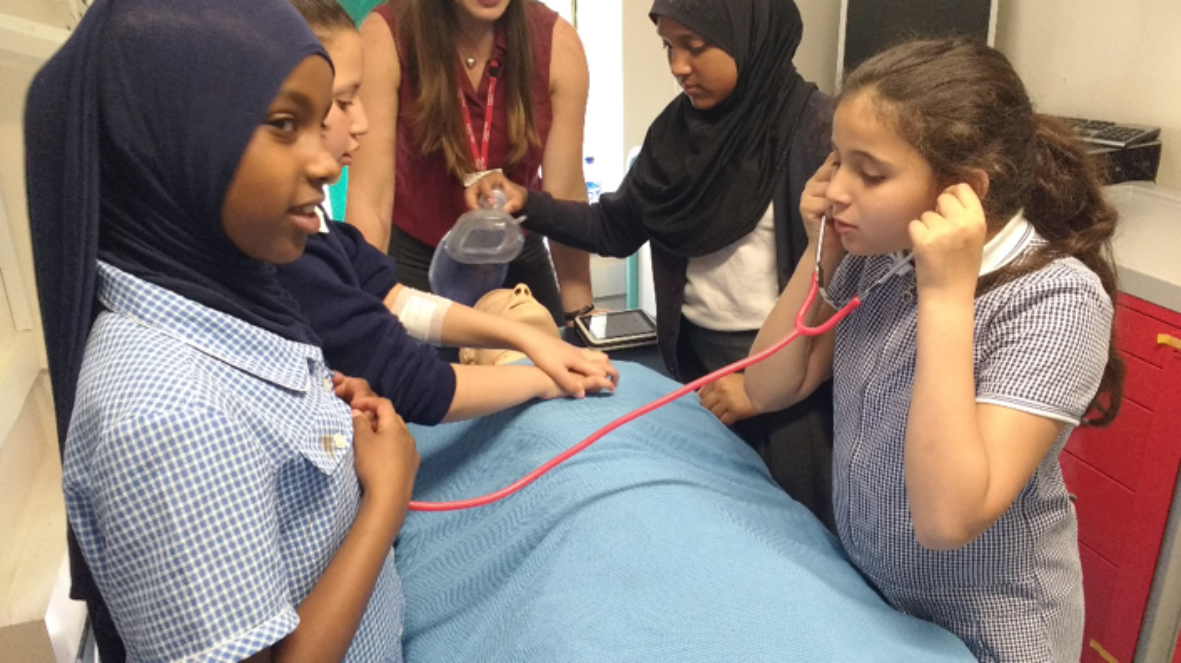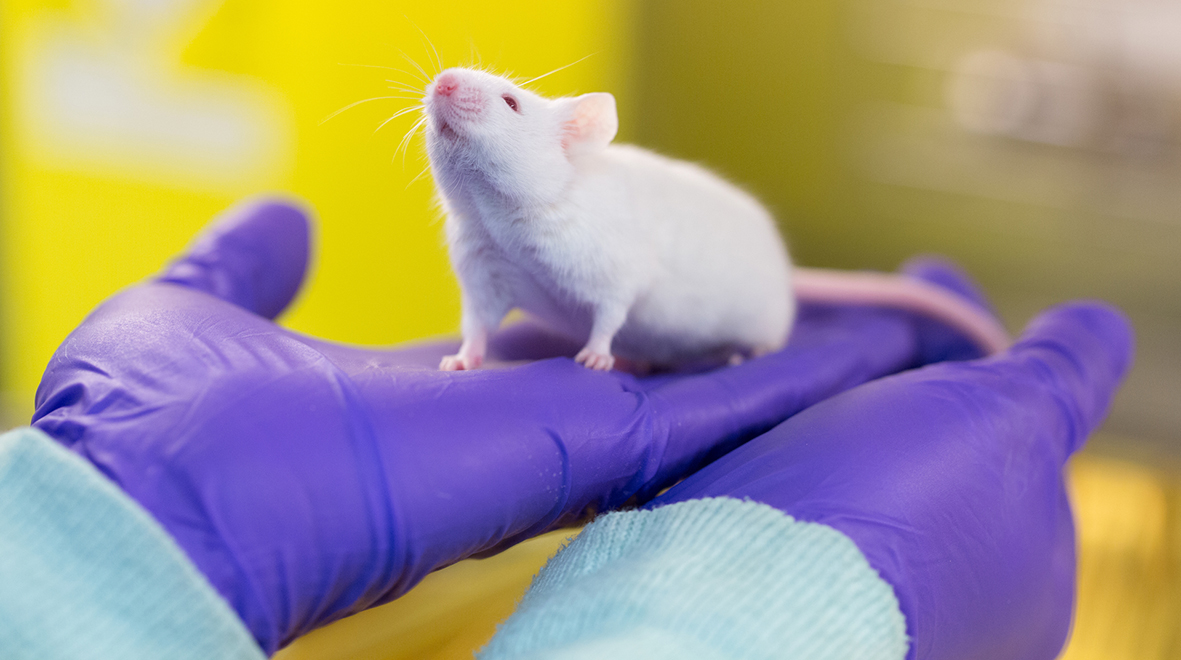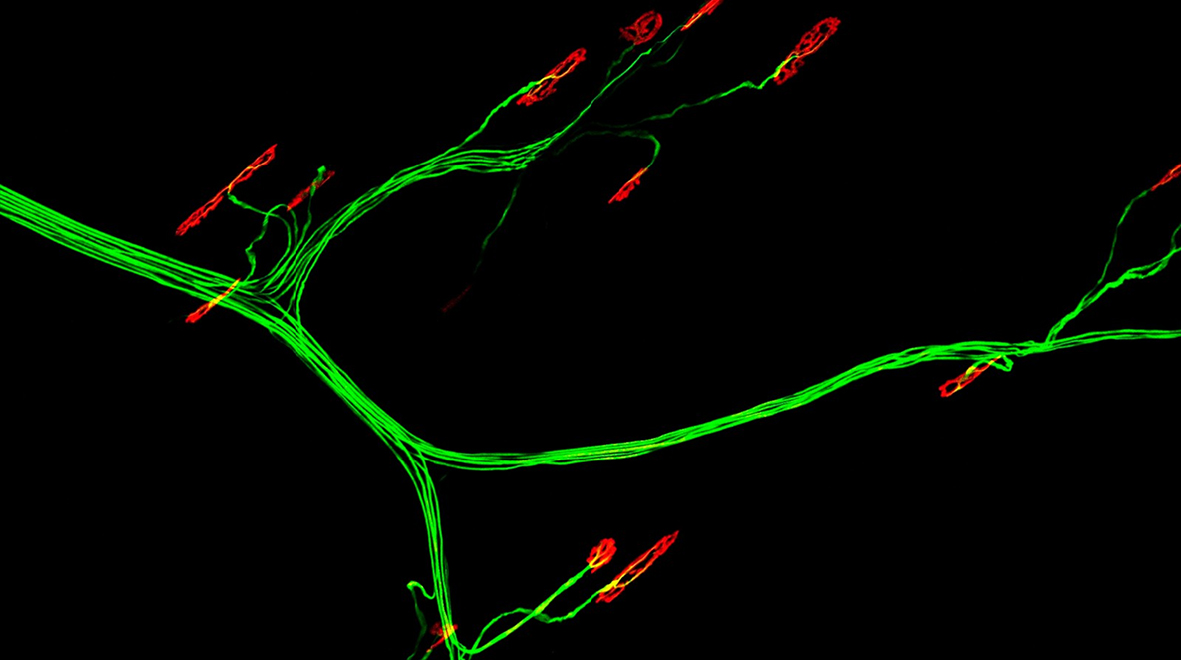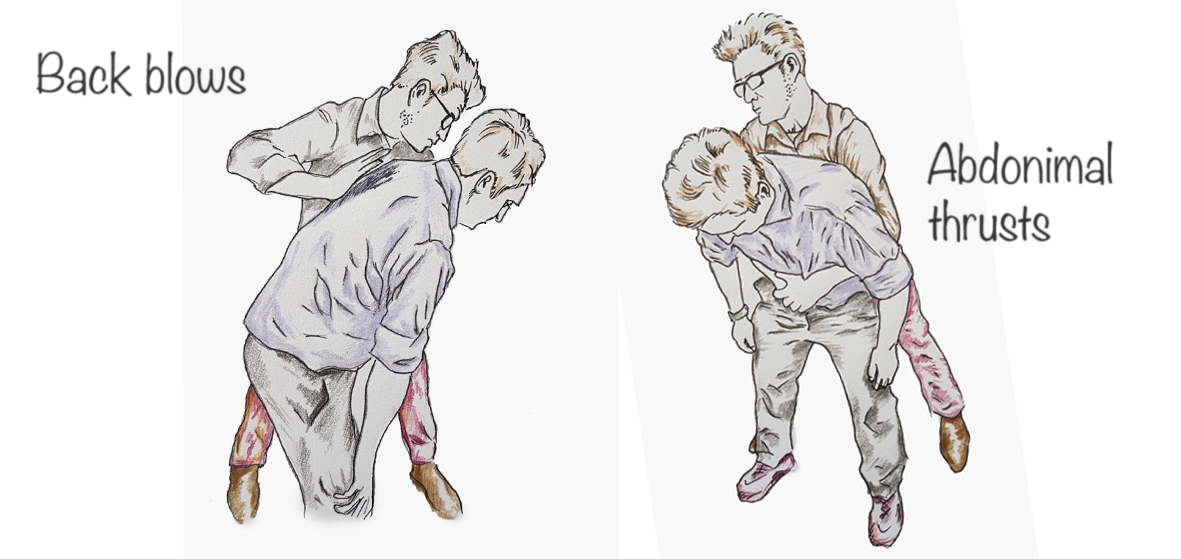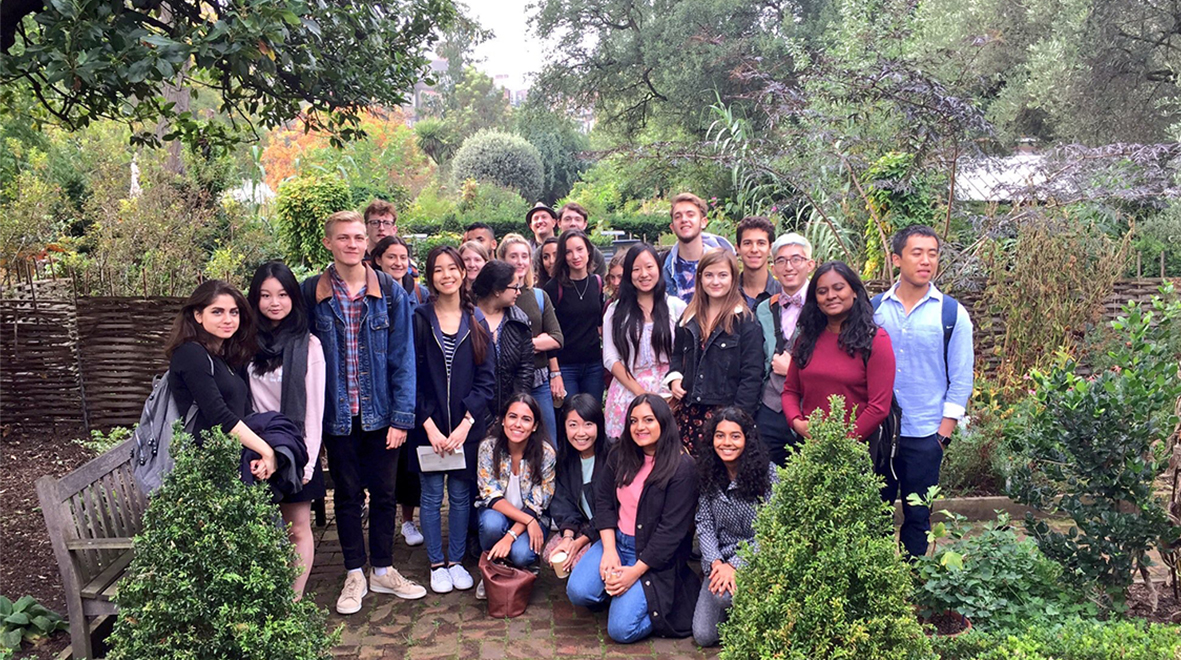
Giskin Day makes the case for Imperial’s new Humanities, Philosophy and Law BSc – a pathway for medical students to combine the arts with medical science.
This year we celebrate the 70th anniversary of the NHS, but there is another birthday worthy of celebration. In 1948, the term ‘medical humanities’ was first used. George Sarton, who coined the phrase, believed that increasing specialisation in science and medicine failed to provide the framework for understanding the intellectual context and human significance of scientific developments. Medical schools around the world are increasingly coming to the same conclusion and incorporating humanities into medical education. (more…)



